Smart home trends are becoming increasingly popular among Vietnamese households. With the continuous advancement of technology, smart homes offer more efficient remote control and management of homes than ever before. They not only optimize energy use and reduce costs but also ensure absolute security for families.
Current State of Smart Homes
Despite the growing number of consumers and businesses investing in smart homes, there are still some challenges and limitations in the implementation and adoption of smart home technology, specifically:
Lack of Full Integration of Features
Although smart home devices are becoming more diverse, fully integrating the necessary features to create a complete system still faces many limitations. Many households only use a few standalone smart devices, such as lights, door locks, or security cameras. Connecting and synchronizing these devices to create a comprehensive smart ecosystem remains a significant challenge.
Different platforms and protocols make it complicated to integrate devices from multiple manufacturers. This often requires users to operate various apps to control the devices, reducing the convenience and efficiency of a smart home. Additionally, compatibility issues among devices make it difficult for users to expand and upgrade their smart home systems.
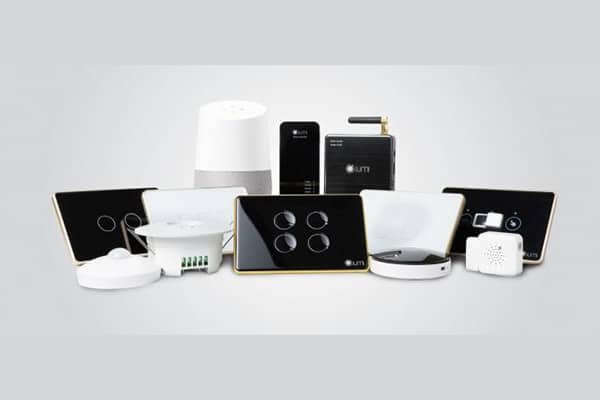
High Costs
The initial investment cost for a complete smart home system is still relatively high. Smart devices often have higher prices compared to traditional ones, and installation and configuration also require significant expenses. This makes it challenging for many families, especially in developing countries, to access smart home technology.
Moreover, the cost of maintaining and servicing the system must also be considered, as smart devices require regular inspections and updates to ensure stable and secure operation.
Prominent Smart Home Trends Today and in the Future
Technological advancements, coupled with the increasing demand from consumers, have led to the emergence of many new trends that provide superior convenience and experiences.
Artificial Intelligence (AI) and Machine Learning
AI and machine learning are playing a crucial role in shaping and enhancing the user experience in smart homes. These technologies not only optimize device operations but also offer high levels of personalization, better meeting user needs and habits.
- Personalizing User Experience: AI and machine learning can learn from user habits and preferences to offer suitable suggestions and adjustments. For example, a smart air conditioner can track and remember a family member’s preferred temperature, automatically adjusting the room temperature to ensure maximum comfort without manual intervention.
- Optimizing Device Operations: AI helps ensure that devices operate most efficiently. For instance, a smart lighting system can automatically adjust brightness based on natural light, time of day, and user activity, thus saving energy.
- Predicting User Needs: Smart security systems can detect unusual activities or potential security threats and immediately alert users through mobile devices or alarm systems.
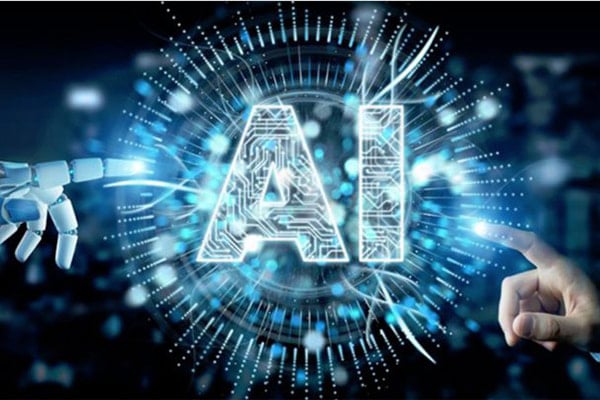
Furthermore, intelligent virtual assistants like Amazon Alexa, Google Assistant, and others can learn from user commands and requests to improve their response capabilities and suggest suitable activities. For example, if a user frequently asks for cooking recipes, the virtual assistant can automatically suggest new recipes based on personal preferences and available ingredients in the home.
Internet of Things (IoT)
IoT plays an important role in connecting home devices into a smart system, allowing them to communicate and exchange data with each other. IoT creates a network of interconnected devices, optimizing operations and delivering the best efficiency for users.
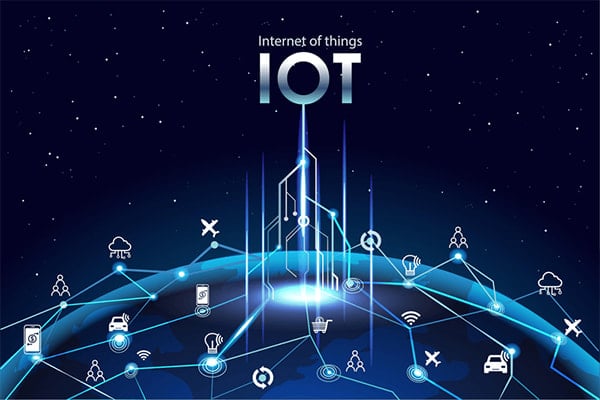
Smart devices like lights, refrigerators, air conditioners, vacuum robots, etc., are all connected to an IoT network through Wi-Fi, Bluetooth, or other communication protocols. These devices constantly exchange data with each other and with a central system, allowing for synchronized and automated operation. For example, smart lighting systems can automatically adjust according to ambient light, and robot vacuums work automatically according to a schedule.
===> Learn more: Overview of Smart Home Automation Devices
Green and Sustainable Energy
To achieve a comfortable living environment while protecting the environment, consider the following solutions:
Smart homes can integrate renewable energy sources like solar and wind power to supply electricity. For example, solar panels can provide enough electricity for smart devices in the home, from lighting systems to household appliances. Solar energy systems can store and supply electricity to the entire smart home system, reducing dependence on traditional power grids.
Additionally, you can use energy-efficient devices like LED lights, smart air conditioners, and high-efficiency electrical appliances, which are designed to consume less energy while still ensuring effective operation.
Robotics and Automation
Robotics and automation help users perform daily tasks from cooking to cleaning quickly and efficiently. The presence of robots not only offers convenience but also saves time and effort for users.
For example, robot vacuums can automatically clean floors according to a pre-set schedule, ensuring a clean home without human intervention. Cooking robots can prepare meals, perform steps like chopping, stir-frying, and cooking according to pre-programmed recipes.
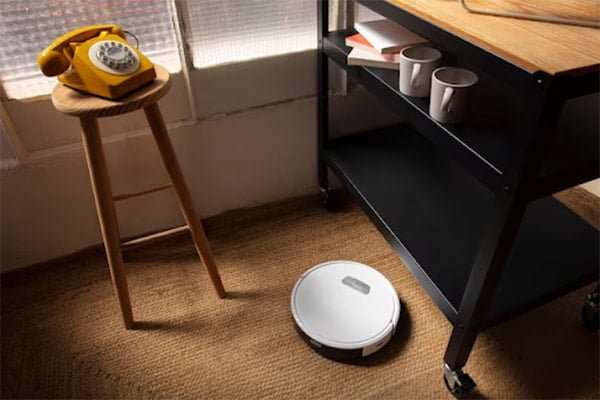
5G Technology
With fast data transmission speeds and low latency, 5G brings significant benefits to smart homes:
- Quick and Stable Connections: 5G provides greater bandwidth, allowing multiple devices to connect simultaneously without interruptions. This is particularly important in smart homes, where many devices need to connect and operate concurrently.
- Development of New Applications: 5G technology facilitates the development of advanced applications such as virtual reality (VR) and augmented reality (AR). These applications can be used in smart homes to enhance user experience, from controlling devices with virtual gestures to creating virtual living environments. For example, users can use AR to guide the installation of smart devices.
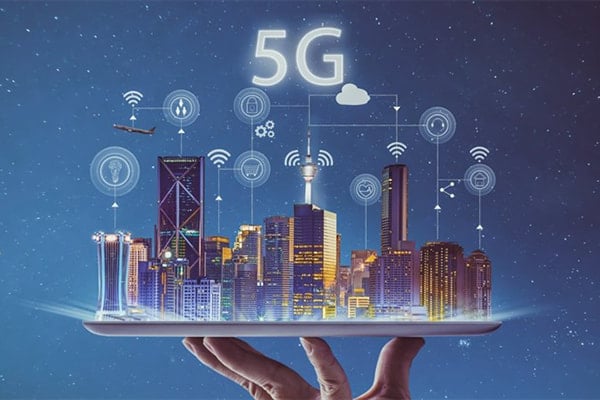
Matter Standard
Matter is a new connectivity protocol designed to help smart devices from different manufacturers interact more easily. This standard aims to address fragmentation and lack of compatibility among smart home devices. Matter allows smart devices from different manufacturers to connect and communicate seamlessly. Users can manage all their smart devices from a single app, instead of using multiple apps.
For example, users can control lights, door locks, and other devices from a single app, regardless of the manufacturer, thanks to the Matter standard.
Security and Privacy
As smart home devices become increasingly connected, cybersecurity and data privacy become crucial. Protecting personal information and preventing cyber-attacks is a top priority. Here are some security solutions:
- Multi-Factor Authentication (MFA): Uses multiple authentication factors to ensure that only legitimate users can access the smart home system.
- Data Encryption: Protects data transmission between devices and the central system by encrypting it, preventing data theft or tampering.
- Regular Software Updates: Ensures that smart home devices and systems are always updated with the latest security patches to protect against vulnerabilities.
Challenges and Prospects for Smart Homes
While smart homes offer many benefits and conveniences, their implementation and widespread adoption still face some major challenges. Here are solutions to the most significant challenges:
- Technical Barriers: Promoting technology standardization, such as the Matter standard, to ensure compatibility and easy connectivity among devices from different manufacturers.
- Security and Privacy: Enhancing security measures like data encryption, multi-factor authentication, and regular software updates to protect users. Manufacturers also need to commit to and comply with strict security standards.

Despite many challenges, smart homes still present promising new technologies and applications, offering more modern and comfortable living experiences. Here are some notable trends and developments:
- AI and Machine Learning: These will become the core of smart home systems, enabling devices to learn and optimize performance. These systems can predict and automatically respond to user needs more accurately, from adjusting room temperature to managing energy efficiently.
- IoT: IoT will continue to expand, connecting more devices to the smart home network. This will help create an ecosystem where all devices and systems in the home can communicate and coordinate, from lighting, security systems to household appliances.
- Voice Recognition Technology and Virtual Assistants: Amazon Alexa, Google Assistant, and Apple Siri will become more prevalent, helping users control home devices naturally and conveniently by voice.
- Virtual Reality (VR) and Augmented Reality (AR): These technologies will be applied in designing and managing smart homes, allowing users to experience and customize their living spaces in a more vivid and detailed way.
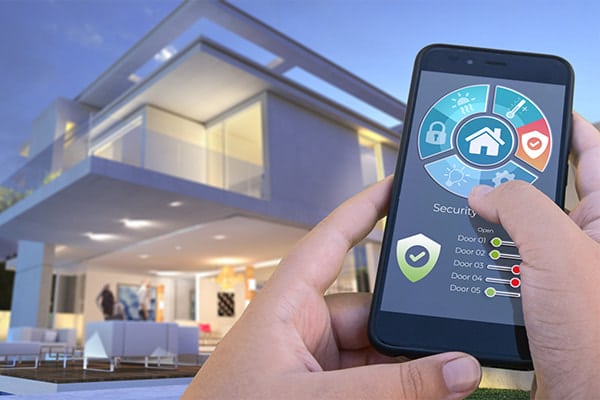
Smart homes are opening a new era with many notable trends. As one of the leading brands in smart home trends, NT is committed to providing the best smart home solutions to customers. Explore and experience smart home technology for a more modern, convenient, and safer life. For product consultations, please contact NT Security today.

